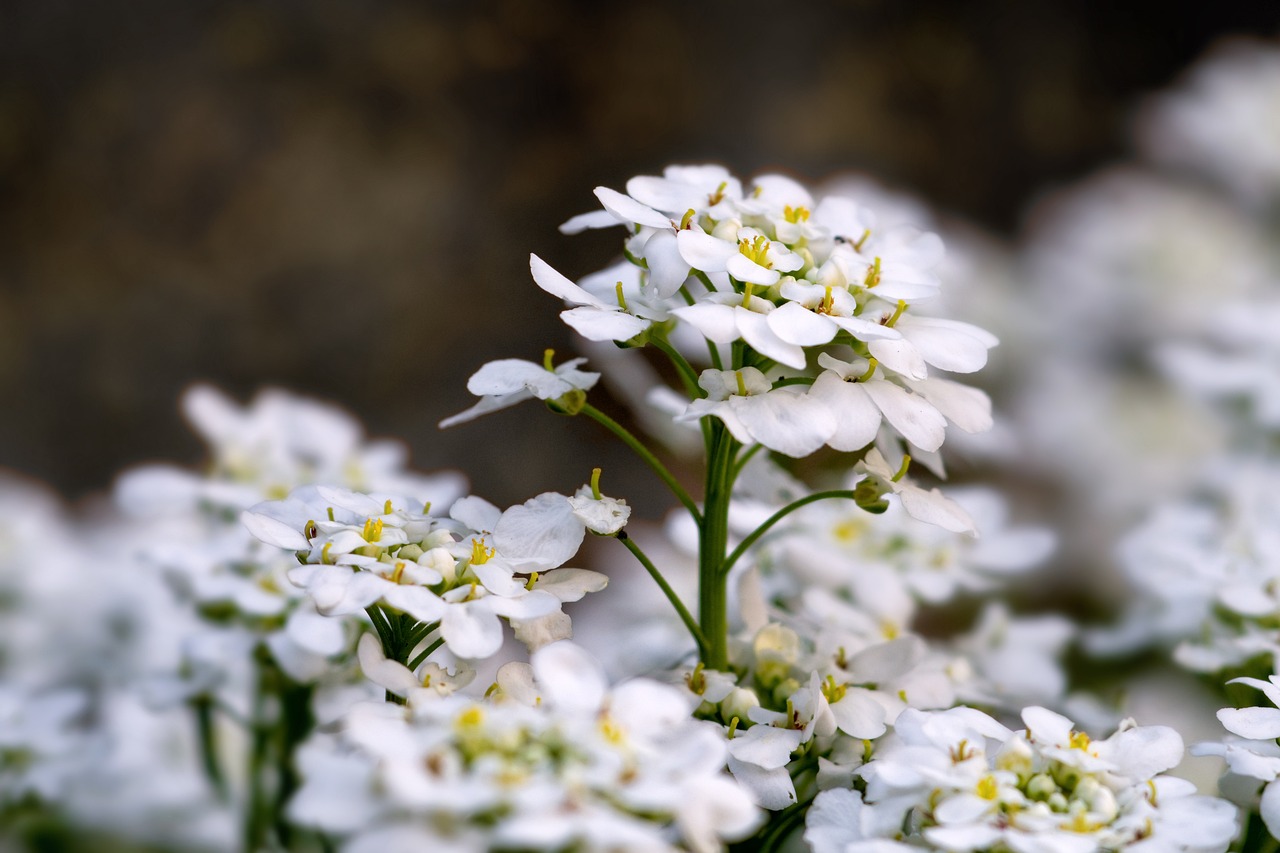
Lobularia and Planting: A Comprehensive Guide
Introduction
In the realm of gardening and landscaping, the choice of plants plays a pivotal role in defining the aesthetics and charm of your outdoor space. One such delightful and versatile flowering plant that can add a touch of elegance to any garden is Lobularia, more commonly known as Sweet Alyssum. Whether you are a seasoned gardener or a novice, this comprehensive guide will provide you with expert insights on Lobularia, along with detailed instructions on planting and caring for it.
What is Lobularia?
The Basics of Lobularia
Lobularia, often referred to as Sweet Alyssum, is a low-growing annual or perennial plant belonging to the Brassicaceae family. Originating from the Mediterranean region, this plant is renowned for its petite yet fragrant flowers that come in various shades, including white, purple, and pink.
Varieties of Lobularia
When it comes to Lobularia, diversity is the key. There are several distinct varieties of this plant, each possessing its own unique characteristics and colors:
- Snow Princess: This variety boasts pure white blossoms that evoke a sense of pristine beauty. It’s an excellent choice if you aim to create an elegant and sophisticated garden.
- Easter Bonnet: With its soft pastel-colored blooms, the Easter Bonnet variety adds a touch of grace and subtlety to your garden, making it perfect for romantic landscapes.
- Carpet of Snow: If you’re looking to create a dense carpet of white flowers, this variety is the one to go for. Its spreading growth habit ensures a lush ground cover.
Planting Lobularia
Choosing the Right Location
Before diving into the planting process, it’s imperative to select an appropriate location for your Lobularia. This plant thrives in environments that receive ample sunlight but can also tolerate partial shade. Such adaptability makes it a versatile choice for various garden settings, from sunny flower beds to partially shaded borders.
Soil Preparation
The foundation of a thriving Lobularia plant is well-draining soil enriched with organic matter. While it prefers slightly alkaline soil, it’s noteworthy that Lobularia can adapt to a range of soil types. Ensuring that the soil is adequately prepared will pave the way for robust growth and vibrant blooms.
Sowing Seeds
If you decide to start from seeds, the best time to sow Lobularia seeds is right after the last frost date in your region. When sowing, make sure the soil is consistently moist but not waterlogged. Properly spacing the seeds will ensure that each plant has sufficient space to flourish.
Transplanting
Alternatively, you can opt for Lobularia seedlings purchased from a nursery or garden center. While transplanting, ensure that you space them adequately to allow for proper growth and airflow between the plants. This will help prevent issues such as overcrowding and disease.
Maintenance
Lobularia is relatively low-maintenance, which makes it an excellent choice for both experienced and novice gardeners. Regular watering to keep the soil consistently moist and occasional fertilization with a balanced, all-purpose fertilizer will keep your Lobularia healthy and blooming throughout the growing season.
Benefits of Lobularia
Attracting Beneficial Insects
One of the remarkable benefits of Lobularia is its ability to attract beneficial insects to your garden. The fragrant blooms serve as a magnet for pollinators such as butterflies and bees, as well as predatory insects that help control garden pests. By including Lobularia in your garden, you contribute to the overall health of your garden ecosystem.
Ground Cover
Lobularia’s spreading growth habit makes it an ideal choice for ground cover. Its lush carpet of foliage not only adds visual appeal but also helps suppress weeds and keeps the soil cool. This feature is particularly valuable in regions with hot summers.
Container Gardening
If you have limited garden space, Lobularia can be a wonderful addition to your container garden. Its trailing growth habit cascades beautifully over the edges of containers and hanging baskets, creating a stunning display of colors and fragrances on your porch or balcony.
Conclusion
In summary, Lobularia, or Sweet Alyssum, is a delightful and versatile plant that can elevate the aesthetics of your garden. By carefully considering the location, soil preparation, and maintenance tips provided in this guide, you can enjoy a flourishing garden adorned with fragrant blooms.
FAQs
- Can Lobularia survive in cold climates?
- While Lobularia is generally grown as an annual, it can thrive in mild winter climates and may even reseed itself in the following year.
- How often should I water my Lobularia plants?
- For optimal growth and blooming, it’s advisable to water your Lobularia regularly, keeping the soil consistently moist but not waterlogged.
- Can I use Lobularia in hanging baskets?
- Absolutely! Lobularia’s trailing growth habit makes it an excellent choice for hanging baskets, creating a stunning and fragrant display.
- Do I need to deadhead Lobularia flowers?
- Deadheading, or removing spent flowers, can encourage continuous blooming, but it’s not always necessary. Lobularia tends to shed its spent blossoms naturally.
- What pests should I watch out for when growing Lobularia?
- Common pests that may affect Lobularia include aphids and whiteflies. Regularly inspect your plants and take appropriate measures if you notice any infestations to keep your garden healthy.